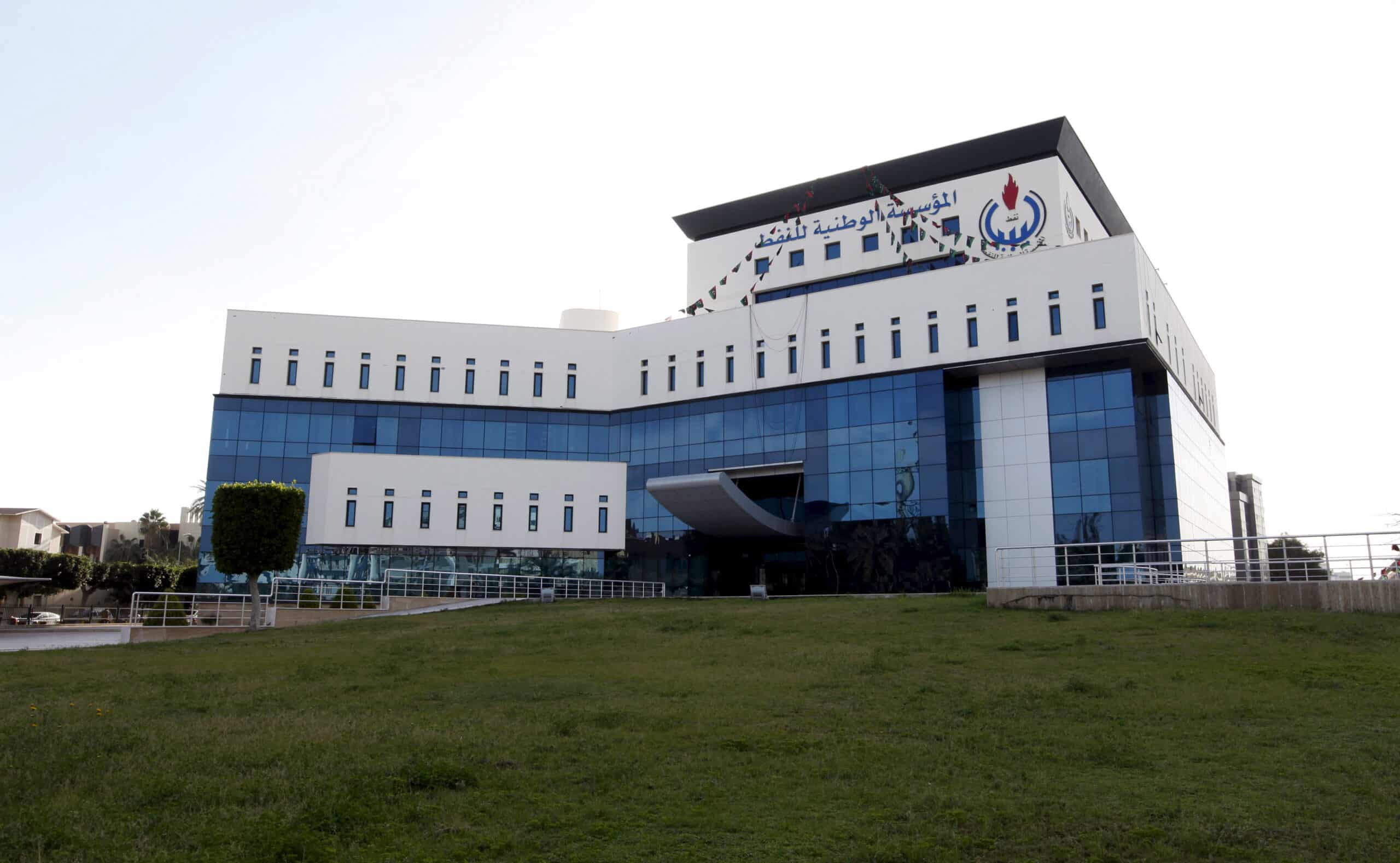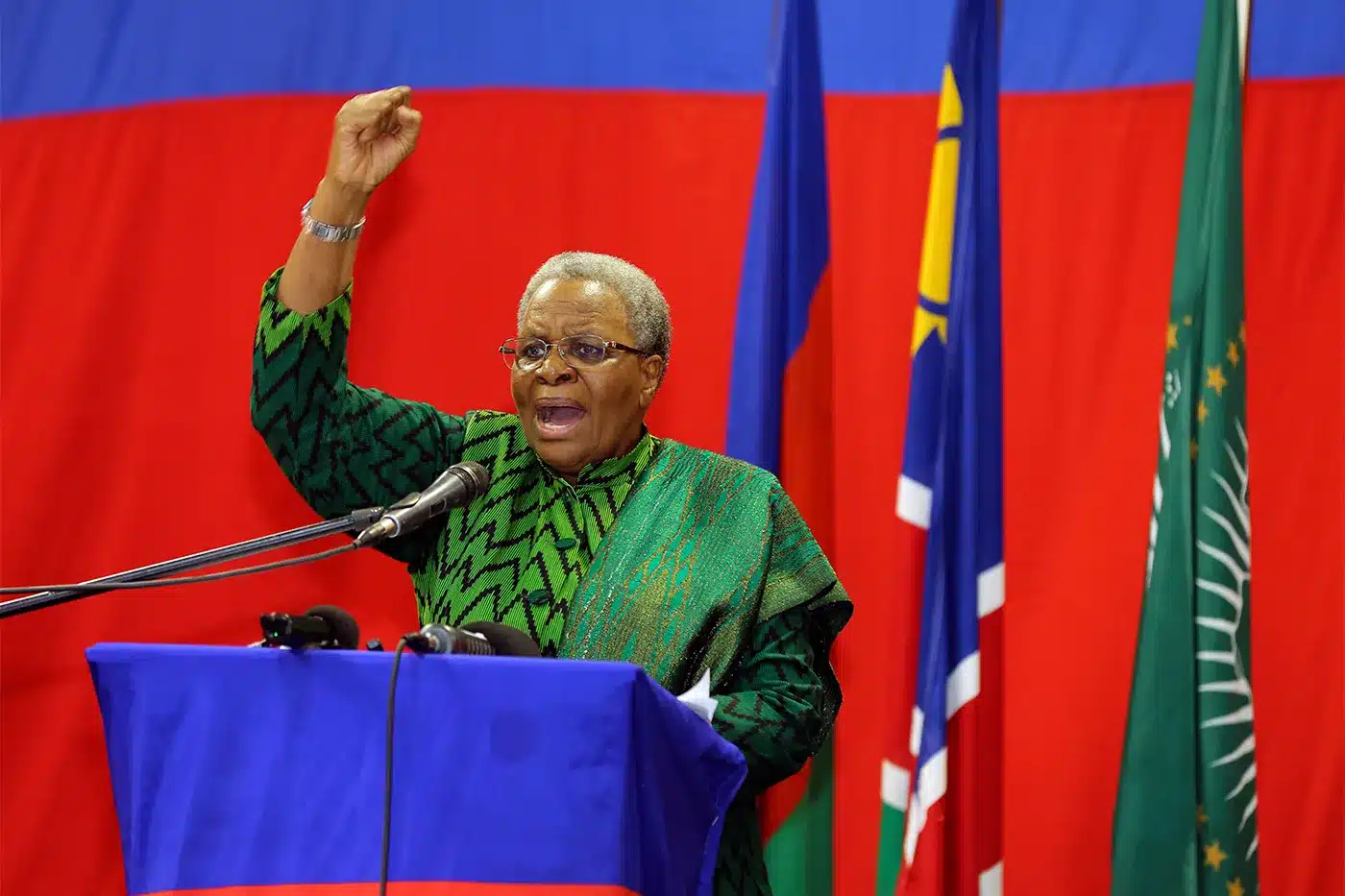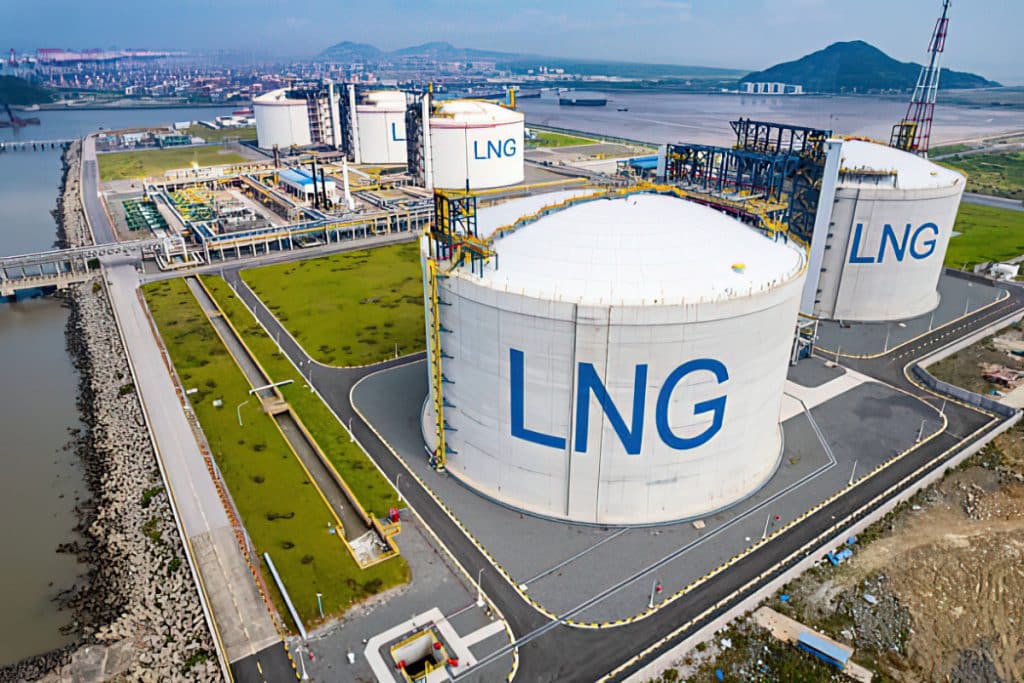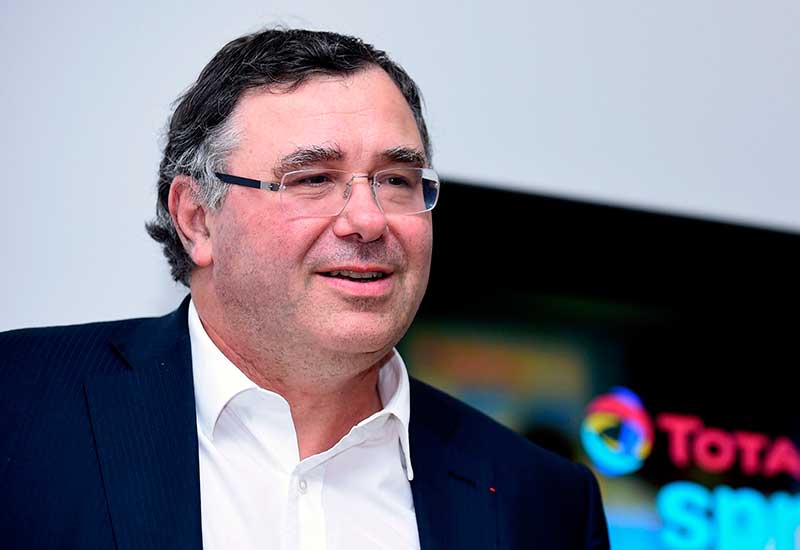Long before Nigeria and Angola emerged as major players, Libya was already a dominant force in Africa’s oil landscape.
At its peak, the country was producing over 3 million barrels of crude oil per day (bpd), accounting for roughly 20% of the continent’s total output.
But Libya’s prominence began to fade amid the political turmoil that engulfed the nation between 2011 and 2015.
By early 2012, production had plummeted to just 800,000 bpd, dealing a severe blow to the economy.
Instability drove away oil giants and foreign investors, leaving a once-thriving sector mired in underinvestment and uncertainty.
Fast forward to today, and Libya is once again opening its doors to the world’s energy heavyweights. This time, the stakes are higher than ever.
With results of a new licensing round on the horizon and a government determined to revive its oil sector, global majors are not just watching—they’re circling.
Libya’s geology remains among the most promising in Africa. But it’s not just about the rocks—it’s about timing.
As Europe races to diversify its energy sources and oil companies seek low-cost, high-reward opportunities, Libya’s renewed exploration push arrives at a moment of rare alignment between global demand and national ambition.
So, who are the companies bold enough to bet on Libya’s comeback—and what will it take to turn potential into production?
A new chapter in Libya’s oil comeback
After more than a decade of political turmoil and chronic underinvestment, Libya’s oil and gas sector is finally staging a robust revival. The country is actively courting global energy giants and rolling out strategic initiatives to reclaim its place in the international energy arena.
In a landmark move, the Tripoli-based Government of National Unity has launched its first oil exploration licensing round in 17 years.
The bid round includes 22 new exploration blocks, split between onshore and offshore zones, and is expected to draw substantial foreign investment.
“Virtually all international oil and gas firms are competing in the licensing round,” said Masoud Suleiman, chairman of the National Oil Corporation (NOC), indicating the scale of global interest.
While Libya continues to grapple with political fragmentation, recent developments suggest progress toward more unified governance and improved security.
In a bid to restore investor confidence, the government has begun reviewing all oil and gas contracts signed over the past five years with both domestic and foreign players. This is to ensure they meet legal standards, uphold transparency, and align with national interests.
Industry analysts view this tightening of oversight as a critical step toward building a stable and attractive investment climate.
Who’s in the race: global majors and regional contenders
For seasoned giants like BP and Eni to nimble regional firms looking to scale, the past few months have offered them a chance to be part of a defining moment in Libya’s energy renaissance.
Everyone is re-strategising their interests to see what is at stake as Libya reopens its doors to global investment.
BP (British Petroleum) Returned to Libya after a decade-long absence. BP is engaging with the Libyan National Oil Corporation (NOC) to explore new blocks under the 2025 licensing round, focusing on offshore opportunities. BP resumed drilling in the Ghadames Basin last October, partnering with Eni and NOC.
Eni (Italy) A long-standing partner in Libya’s energy sector, Eni is participating in the new bid round and expanding its footprint in both oil and gas projects. It has historically operated in the western regions and is now eyeing additional blocks.
Meanwhile, Mellitah Oil & Gas, a 50:50 JV between Eni and NOC, has resumed work on its $8 billion Structures A & E project offshore project. The project is expected to produce up to 750 mmcf/d, beginning from 2026.
Repsol (Spain) Repsol has resumed drilling operations, including the A1-2/130 (Muammal Nsr) exploration well near the Sharara oil field in southwestern Libya. This marks its first major activity since receiving security guarantees from the Libyan National Army.
OMV (Austria) OMV has returned to Libya’s upstream sector, targeting new exploration blocks as part of the 2025 tender. It has previously operated in the Murzuq Basin and is expected to expand its presence
These companies are actively re-engaging with NOC through technical agreements and study pacts, signaling renewed confidence in the country’s potential.
Furthermore, the Libyan NOC has offered 22 exploration blocks — both onshore and offshore — to international bidders, which also features other big players like ExxonMobil, TotalEnergies and Chevron.
These blocks span key basins including the Ghadames, Sirte, and Murzuq regions, which hold substantial untapped reserves.
Risks, rewards, and the road ahead
Libya’s oil comeback is still in its early stages, and challenges remain — from political volatility to the need for regulatory clarity and critical infrastructure upgrades that investors must navigate.
Still, the momentum is real, and Libya’s untapped reserves continue to hold strong appeal. Former National Oil Corporation (NOC) chief Farhat Bengdara noted that approximately 70% of Libya’s land area and over 65% of its territorial waters remain unexplored.
Despite years of neglect, much of Libya’s oil infrastructure is salvageable. The government and NOC are actively working to restore pipelines, refineries, and export terminals to full capacity.
The return of global energy companies could help the government turn resources into results — and signs of progress are already emerging.
Libya’s oil and condensate production has steadily increased from a low of 900,000 barrels per day (bpd) in 2021 to over 1.3 million bpd as of January this year.
The government aims to raise output to 2 million bpd within the next three years. To support this, NOC is awaiting approval for a $3 billion development budget, which could boost production to 1.6 million bpd as early as next year.
The budget targets state-owned enterprises and mid-sized contractors such as:
- Akakus Oil Operations, operator of the Sharara oil field
- Waha Oil Company, tasked with adding 100,000 bpd from the North Jalu field
Beyond production, the potential for job creation, technology transfer, and regional energy integration is significant — especially for a country that relies heavily on oil to fund a large portion of its national budget.
“We are integrating young professionals from 54 Libyan cities into our workforce, focusing on petroleum-related fields to drive the sector forward,” said NOC Chairman Suleiman earlier this year at the Libya Energy and Economy Summit in Tripoli.










